Valves play a crucial role in cooling data centers, particularly in systems that use chilled water, refrigerants, or liquid cooling to regulate temperature. These valves are designed to control the flow of cooling fluids (water or refrigerants) to ensure efficient heat removal from data center equipment. Here's a more detailed explanation of how valves are used specifically in cooling data centers:
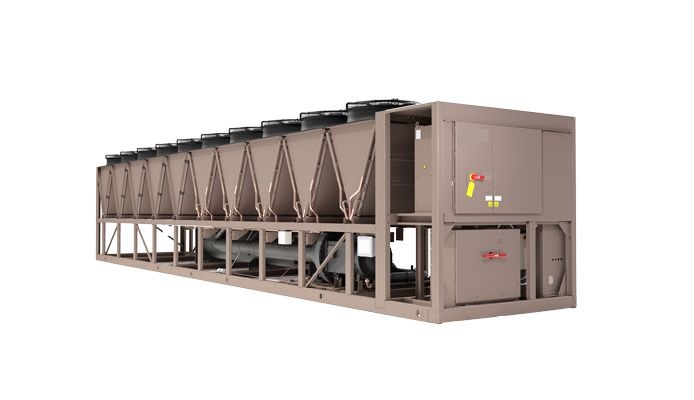
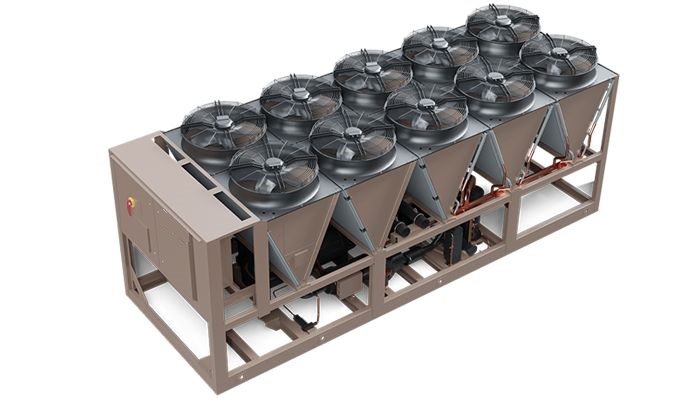
Chilled water systems are commonly used to cool the environment in data centers. Valves help regulate the flow of chilled water through cooling coils or heat exchangers to maintain the optimal temperature.
These valves regulate the flow of chilled water based on cooling demand. When cooling is needed, the valve opens to allow more water to circulate through the system, and when temperatures stabilize, the valve reduces the flow. This prevents wasting energy by ensuring only the necessary amount of chilled water is used.
In chilled water loops, maintaining consistent pressure is critical for efficient cooling. Pressure-regulating valves help ensure the correct pressure in the system, allowing chilled water to circulate properly and avoiding any potential damage to the system.
These valves are used to ensure a consistent and even distribution of chilled water across all parts of the cooling system. Proper flow distribution across multiple cooling units ensures that all areas of the data center are adequately cooled.
Thermostatic valves adjust the flow of chilled water based on the temperature of the air or water in the system. When the temperature exceeds a certain level, the valve opens to allow more chilled water to cool the air, helping to maintain a consistent temperature.
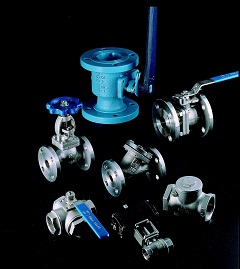
In liquid cooling systems, valves are used to control the flow of coolants that directly absorb heat from components like processors and servers.
These valves control the amount of coolant circulating through specific parts of the data center, such as server racks or heat exchangers. By regulating flow, they optimize the cooling process, ensuring that components stay within safe temperature ranges.
Shut-off valves are used in liquid cooling systems to isolate specific parts of the cooling loop. If there's a need for maintenance or repair, the valve can shut off the coolant flow to specific components, preventing damage and allowing safe service.
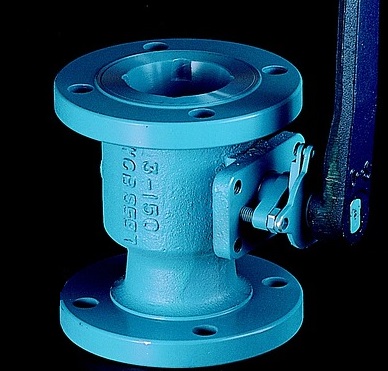
Evaporative cooling uses water evaporation to cool the air in the data center. Valves in these systems control the water flow to cooling pads or heat exchangers.
These valves regulate the flow of water over cooling pads or through a heat exchanger. By controlling the water flow, the cooling process can be more efficient, ensuring the maximum amount of heat is absorbed by the water before it evaporates.
In evaporative cooling systems, automatic control valves adjust the water flow in response to temperature sensors. When the temperature rises, the valve increases the water flow, improving the evaporative cooling process and reducing the temperature.
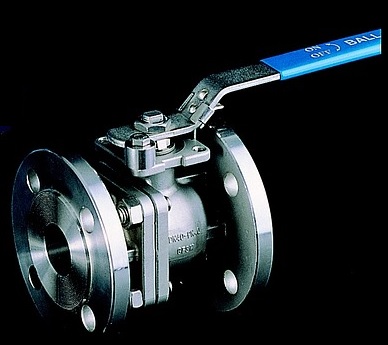
In VRF cooling systems, refrigerants are used to cool air in different parts of the data center. Valves in these systems control the amount of refrigerant that flows to each cooling unit.
These valves control the amount of refrigerant entering the evaporator coils, helping maintain the proper temperature and ensuring the cooling system operates efficiently.
These valves protect the system by preventing pressure buildup. If the pressure exceeds a safe limit, the valve opens to release excess pressure, preventing damage to the system and ensuring continued safe operation.
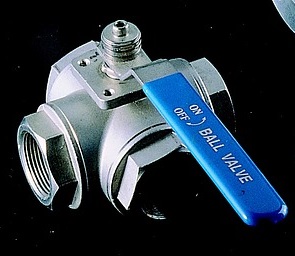
In some advanced data centers, the cooling system is designed around hot and cold aisle containment strategies, where the flow of cold air is carefully managed to cool servers while hot air is contained and directed to cooling units.
Valves are often used in containment systems to regulate airflow between hot and cold aisles. By controlling the airflow and preventing mixing of hot and cold air, they increase cooling efficiency. In some cases, adjustable valves or dampers may control the volume of cold air entering the racks, optimizing the cooling efficiency based on the load in each area.
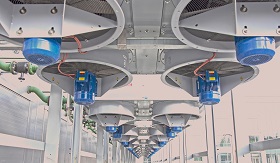
Temperature-sensitive valves open and close based on temperature readings from the data center’s environment or cooling system. These valves help to adjust the cooling intensity in real time, ensuring the equipment operates within its optimal temperature range.
In cooling systems, particularly those using high-pressure refrigerants or chilled liquids, safety valves are critical for protecting the system from overpressure situations, ensuring that the cooling system remains reliable and safe.
In summary, valves in data center cooling systems are used for regulating the flow, pressure, and temperature of the cooling fluids (water, refrigerants, or coolants). By controlling these factors, valves ensure that the cooling system runs efficiently, reduces energy consumption, and maintains the safe operating temperature for sensitive IT equipment. They help balance the system's performance, improve energy efficiency, and prevent overheating, which is crucial for the long-term stability and reliability of the data center.